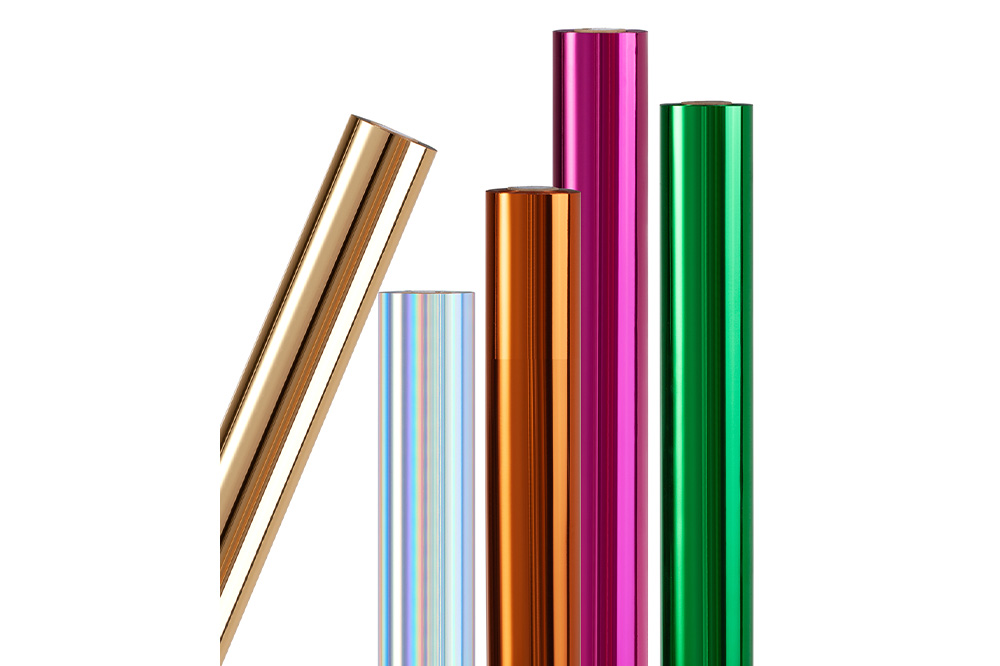Can Digital Enhancement Foil Be Used on All Types of Paper and Substrates?

Versatility of Digital Enhancement Foil
Digital enhancement foil is known for its versatility. It can be applied to a wide range of substrates, including:
Paper: Various types of paper, such as coated, uncoated, textured, and colored papers, can be used for digital foil applications.
Cardboard: Ideal for packaging and promotional materials.
Synthetic Materials: Suitable for creating durable and weather-resistant prints.
Paper Types and Considerations
While digital enhancement foil is compatible with many substrates, not all paper types yield optimal results. Here are some key considerations:
1. Coated vs. Uncoated Paper
Coated Paper: Provides a smooth surface that enhances the foil's reflective qualities. It is ideal for designs with solid backgrounds and intricate details.
Uncoated Paper: Offers a natural texture, which can give a subtle and elegant finish to foil prints. It works well for designs that leverage the paper's natural color.
2. Textured Paper
Textured papers can add depth and dimension to foil prints. These papers are excellent for creating tactile and visually engaging designs.
3. Colored Paper
Foiling on colored paper can produce striking results, especially with contrasting foil colors like gold on black.
Limitations and Best Practices
Despite its versatility, there are certain limitations and best practices to consider when using digital enhancement foil:
1. Soft Touch and Velvet Lamination
Applying a soft touch or velvet lamination before foiling can enhance the tactile feel and ensure the foil adheres properly. It is crucial for achieving a smooth and luxurious finish.
2. Font and Design Size
Avoid using digital foil on very small fonts or intricate lines. The foil needs sufficient surface area to adhere correctly, and tiny details may result in misalignment or incomplete coverage.
3. Testing and Quality Control
Not all paper types are suitable for foiling without prior testing. It is essential to conduct tests to ensure the chosen paper works well with the foil and achieves the desired effect.
Advantages of Digital Enhancement Foil
Digital enhancement foil offers several benefits over traditional foil stamping:
Cost-Effectiveness: Eliminates the need for custom dies, reducing setup costs and making it accessible for small print runs.
Customization: Supports variable data printing, allowing for personalized and unique designs on each print.
Environmental Impact: The digital process generates less waste and consumes less energy, aligning with sustainable printing practices.
Conclusion
Digital enhancement foil can indeed be used on a variety of paper types and substrates, including paper, cardboard, and synthetic materials. However, achieving the best results requires careful consideration of the paper type, design elements, and application techniques. By following best practices and conducting thorough tests, you can leverage the full potential of digital enhancement foil to create visually stunning and durable printed materials.
